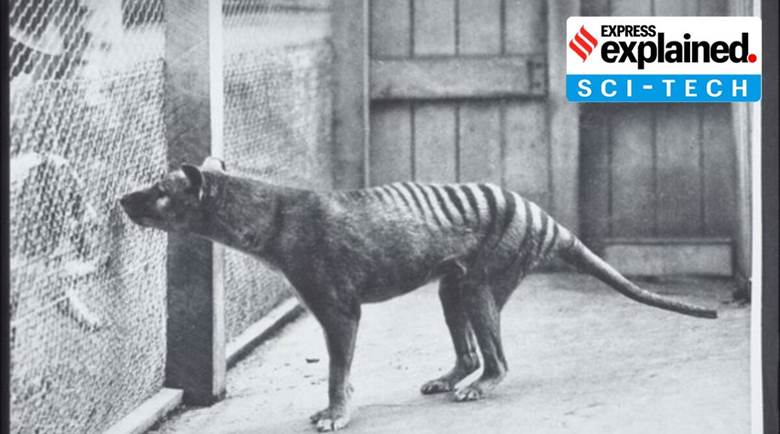Free Courses Sale ends Soon, Get It Now


Free Courses Sale ends Soon, Get It Now



Copyright infringement is not intended
Context: Scientists in the US and Australia have embarked on a $15-million project to resurrect the thylacine or Tasmanian Tiger, a marsupial that went extinct in the 1930s, using gene-editing technology.
About:
The resurrection process:
De-extinction technology: possibilities and challenges
© 2024 iasgyan. All right reserved